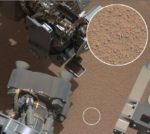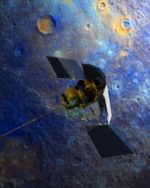Amateur Astrnonomers Found A Planet With Four Suns
We live in a solar system where there is only one star -the Sun. But a team of volunteers, along with two amateur astronomers, has discovered such a planet which has four Suns. The planet is called PH1 (full form Planet Hunter 1). Want to know some more mysterious information about this planet? Read more below.






